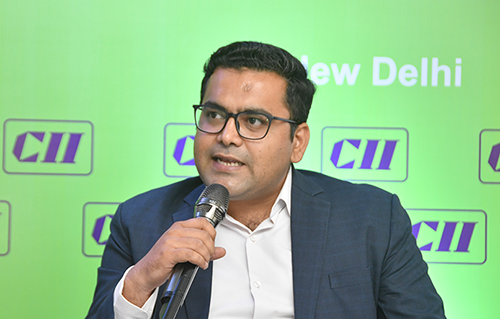Risk management policies are essential in every organization. These guidelines outline how to implement a risk management plan, ensuring that a company or team can efficiently anticipate, mitigate, and address risks. To create excellent risk management policies, you’ll need to know how to implement effective risk management strategies based on the conditions of your business and the goals of your company.
What Is Risk Management?
Risk management is the process of identifying, assessing, and controlling risks to minimize or mitigate negative consequences toward an organization’s goals. Risks typically stem from uncertainty in various aspects that could affect a company and its activities, including the industry, the global market, financial insecurity, management errors, accidents, and natural disasters, among others.
A good risk management plan allows an organization to consider the full range of risks it may have to face, as well as examine the possible impact it could have on the company and its objectives. It should answer the questions:
- What risks are the organization susceptible to?
- Which risks are most likely to happen? Which ones pose the greatest threat?
- What strategies can be put in place to address possible issues, including how to implement a risk management plan?
- How do we train stakeholders and team members to become risk aware and ready?
- How often should the risk management plan be reviewed?
Why Are Risk Management Policies Important?
Risk management policies are important because they serve as a guide for an organization to properly implement its risk management plan. Here are some of the benefits of having organized risk management policies in place:
Improved Preparation
Risk management policies are designed to ensure that an organization is prepared for any risks it might face. Through risk identification, analysis, and evaluation, a company can anticipate and treat possible issues, minimizing any negative consequences.
Better Team Dynamics
A team trained on effective risk management policies is all aligned towards a common goal—one that they work to project and achieve. When everyone’s working for the same objective, communication and collaboration are better. People work together more harmoniously, which can do wonders for employee productivity and satisfaction.
Higher Success Rates
Organizations with risk management policies are ready to address any problem that may come their way, which guarantees higher success rates and better chances for reaching goals.
How to Create Risk Management Policies
To create risk management policies, you must be knowledgeable about risk management strategies, including the process of building a risk management plan, understand your unique business conditions, and be up to date with trends in your industry and regulations. Here are some tips to help you create functional risk management policies for your organization:
Make a Solid Risk Management Plan
A risk management plan informs a company’s risk management policies. It’s important, then, that you take time to craft a well-founded strategy, built on the proper five-step process:
- Risk identification
- Risk analysis
- Risk evaluation
- Risk treatment
- Risk monitoring and review
Once you have a good risk management plan, you can come up with policies that can be applied to and followed by your whole organization. That way, you’re not only equipping your people with the tools to solve problems, but you’re nurturing a culture of risk awareness.
Know Your Organization
To ensure that your risk management policies are sound, they must betailored to your organization’s unique conditions, needs, and goals. You must know the ins and outs of your company and your people so you can identify internal risks and adjust policies in a way that is relevant to what you do.
Keep Up-to-Date with External Factors
Risk management policies must evolve with the times and the environment, and that can only happen if you keep up with what’s happening in your business and all the relevant external factors that could affect its operations, including legislation, competition, and even weather.
Build Strong Risk Management Policies
To build strong risk management policies, you must be grounded on successful risk management strategies. Learn more about the four key strategies you can apply in your risk management plans and policies with the help of TradeReady.






disqus comments